- Chapter1 -Consulting and Marketing
- Chapter2 – Designing, Photography, Filmmaking
- Chapter3 – Printing, Packaging, Post-print
- Chapter 4- Environmental Advertising and Exhibition Services
- Chapter 5 – Audiovisual Advertising and Electronic Marketing
- Chapter 6 – Advertising gifts
- Chapter 7- The world of distribution
- Chapter 8- Export and Import
5 layer carton(Five-layer carton)
New World, with over 25 years of experience, is a manufacturer of various types of cardboard cartons, including 5-layer cartons. To inquire about the price of 5-layer cartons, please contact us.
Categories: 9. Packaging industries, Corrugated cardboard, 9.6 Carton
Description
What is a 5-layer carton?
A 5-layer cardboard (also known as 5-ply cardboard) is a type of packaging material made up of 3 flat layers and 2 fluted layers in between. The fluting used in the middle of these cardboards can be of types A, B, C, or E.
The difference between 3-ply and 5-ply cardboard boxes lies in the number of paper layers that make up the cardboard.
Yes, the more layers there are, the stronger the box will be. Generally, 5-ply boxes or 5-ply cardboard are used for transporting heavy products. Depending on the size and shape, these 5-ply boxes can support weights ranging from 12 to 40 kilograms. It is important to remember to use the appropriate cardboard for each application because prevention is always better than cure.
The term “5-ply” refers to a double-wall corrugated sheet. This sheet consists of a single-ply liner, a middle liner with double fluting, and a double back liner. The choice of this type of sheet depends on the packaging application and other factors such as the characteristics of the shipment. This sheet is typically used for heavier products that need to be stacked.
5-ply corrugated cardboard is probably the most popular packaging solution in the world—it’s strong, reliable, made from recycled raw materials, reusable, recyclable, and completely safe. Our range of single-wall boxes includes cartons for packaging, transporting, and storing products weighing up to 40 kilograms.
Sealing all of them is easily done using adhesive tape, carton staples, or hot glue.
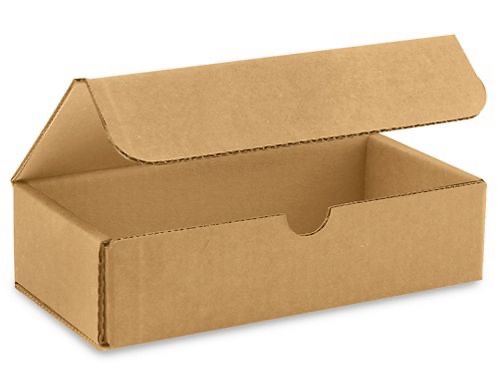
Features of 5-Layer Corrugated Cardboard:
- Double the protection of a 200 lb test box (extremely high strength)
- Protects valuable, fragile, and heavy items
- Recommended weight capacity of 40 kg
- Sturdy and durable corrugated box
- Made from high-quality kraft paper
- High strength-to-weight ratio
- 100% recyclable
- Protection for household items
- Reduces packaging costs
- Usable in various markets
- Suitable for transporting products from one place to another
- Impact-resistant
- Lightweight
5-layer cartons are different in the type of flute (A flute, B flute, E flute, C flute)
Cardboard sheet A flute: about 105 to 125 waves can be seen per meter of flute, and the height between each one is between 4.7 and 4.5 mm; This type of flute has the lowest number of waves and the highest height
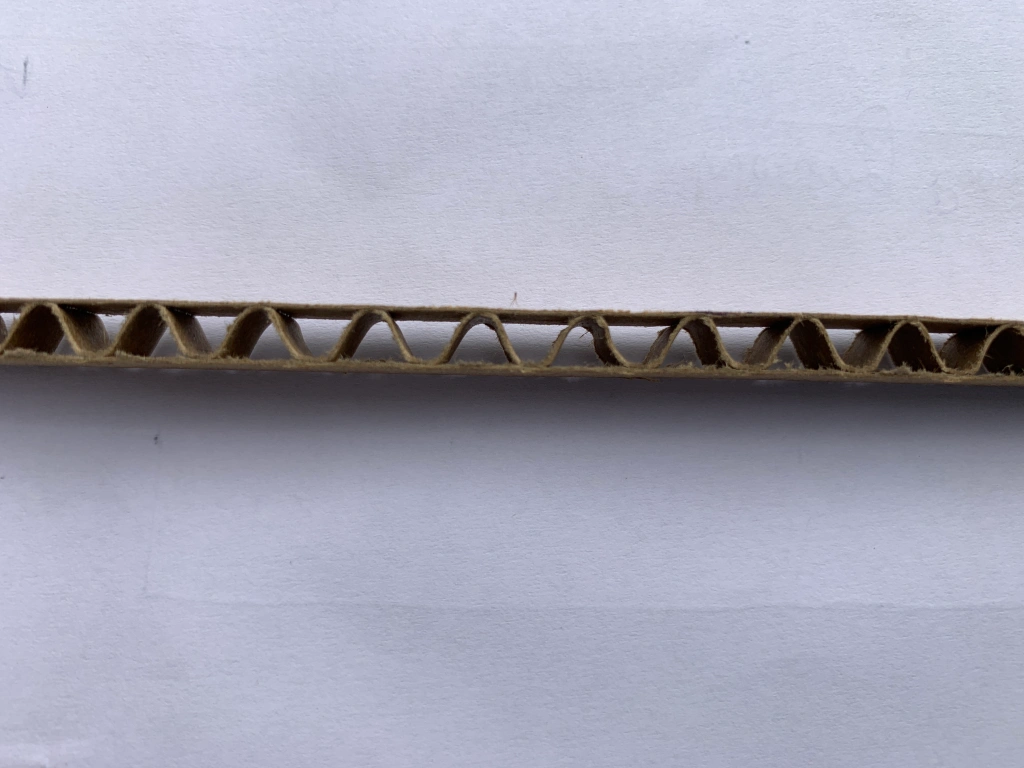
Cardboard sheet B flute: about 150 to 185 waves can be seen per meter of flute, each of which is between 2.1 and 2.9 mm in height.
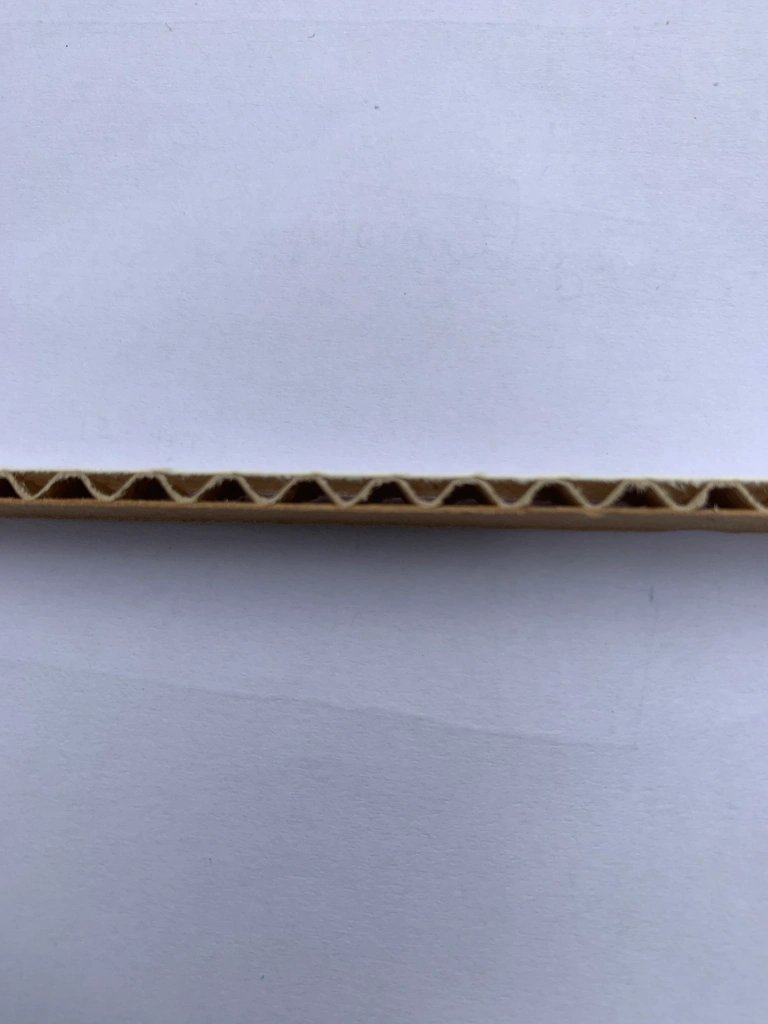
C flute cardboard sheet: about 290 to 320 waves can be seen in each meter of iflot, each of which is between 3.5 and 3.7 mm in height.
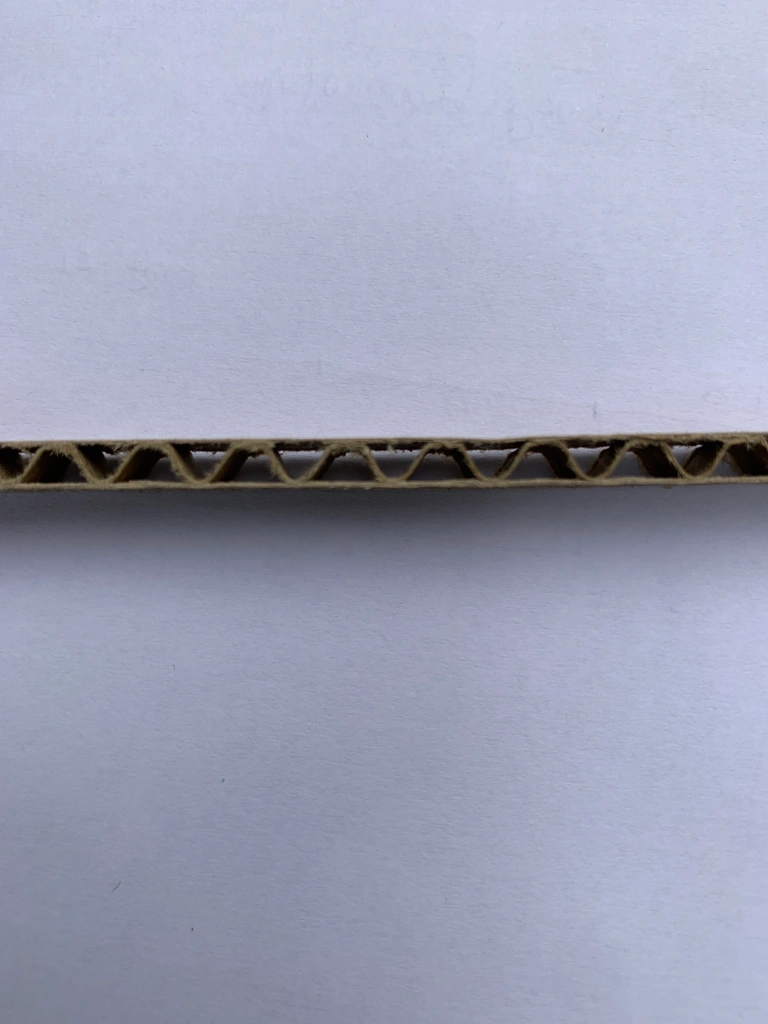
E-Flute Cardboard Sheet: Approximately 290 to 320 flutes per meter are visible in E-flute, with each flute having a height of between 1 and 1.8 millimeters. This type of flute has a lower thickness compared to other flutes and is made using smaller-sized packages.
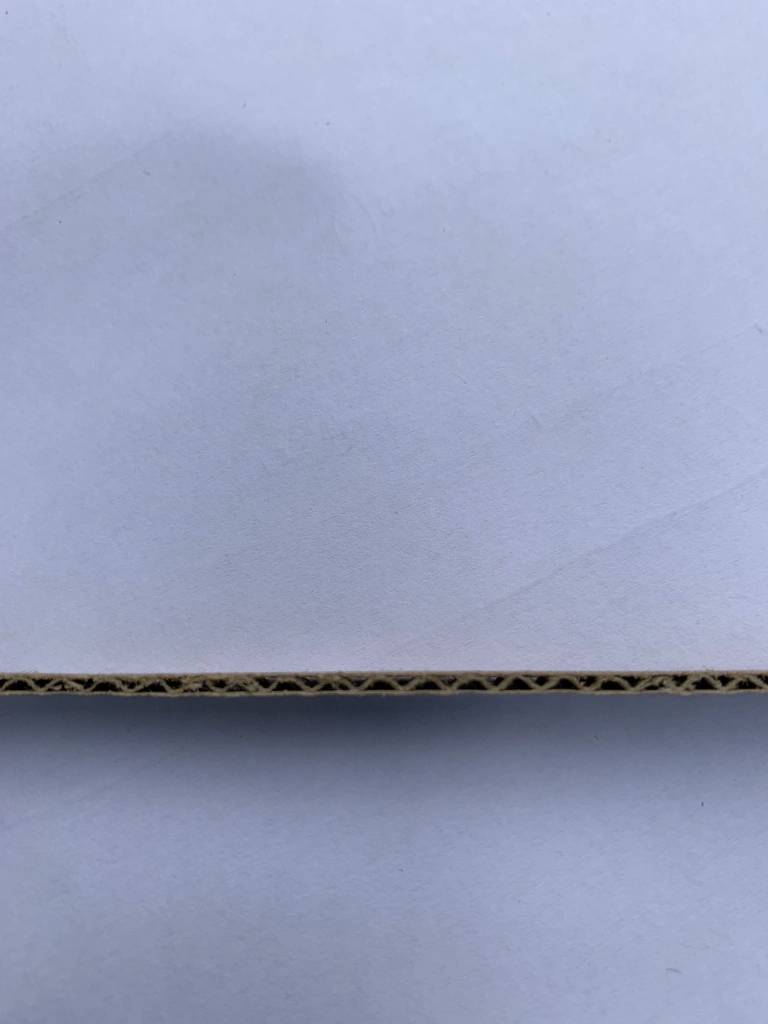
5-layer cartons are different in the type of flute (A flute, B flute, E flute, C flute)
Cardboard sheet A flute: about 105 to 125 waves can be seen per meter of flute, and the height between each one is between 4.7 and 4.5 mm; This type of flute has the lowest number of waves and the highest height
Cardboard sheet B flute: about 150 to 185 waves can be seen per meter of flute, each of which is between 2.1 and 2.9 mm in height.
C flute cardboard sheet: about 290 to 320 waves can be seen in each meter of iflot, each of which is between 3.5 and 3.7 mm in height.
E-Flute Cardboard Sheet: Approximately 290 to 320 flutes per meter are visible in E-flute, with each flute having a height of between 1 and 1.8 millimeters. This type of flute has a lower thickness compared to other flutes and is made using smaller-sized packages.
Five-Layer Cardboard (5-Ply) or commonly known as 5-Layer is widely used. The difference between this type of cardboard and 3-Layer Cardboard (3-Ply), also referred to as 3-Layer, lies in its strength and durability.
Applications of Cardboard:
Cardboard has numerous applications across various industries. Some of the industries that use cardboard include:
Food Packaging: Cardboard is used for packaging food items such as fruits, vegetables, dairy products, and meats.
Cosmetics Packaging: Cardboard is used for packaging cosmetics such as lipsticks, foundation, and eye shadows.
Pharmaceutical Packaging: Cardboard is used for packaging medicines as it provides protection against moisture and light.
Packaging of Other Goods: Cardboard is used for packaging various other items such as books, toys, and electronic devices.
Tips for Buying Cardboard:
When purchasing cardboard, consider the following points:
Size and Shape of the Box: The size and shape of the box should match the product that will be packaged.
Material of the Box: The material of the box should be suitable for the product being packaged. For example, sturdy and durable boxes are needed for sensitive products.
Color and Design of the Box: The color and design of the box should align with the product being packaged.
Price of the Box: The price of the box depends on its size, shape, material, and other factors.
Conclusion:
Cardboard is a popular packaging choice used across various industries. It offers many advantages over other types of packaging and is an excellent option for packaging different products. When purchasing cardboard, pay attention to the points mentioned in this article to make a suitable choice.
Be the first to review “5 layer carton(Five-layer carton)” Cancel reply




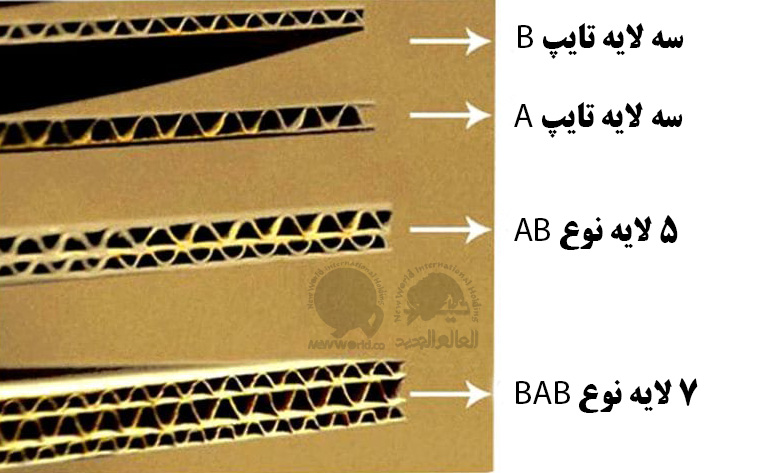

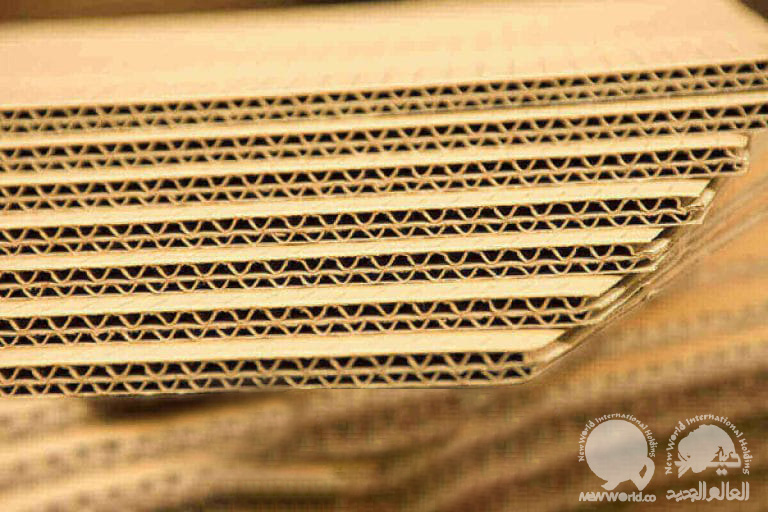
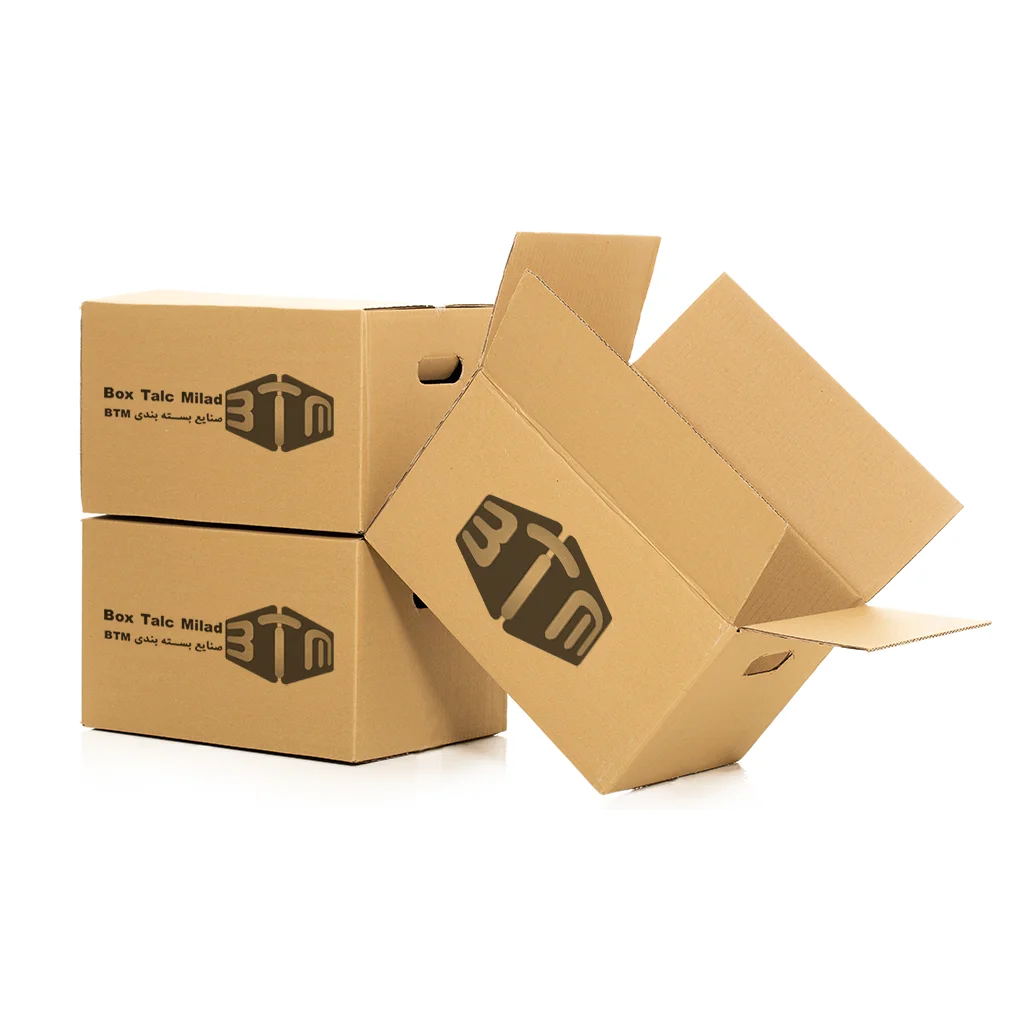


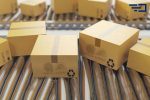


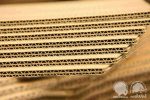


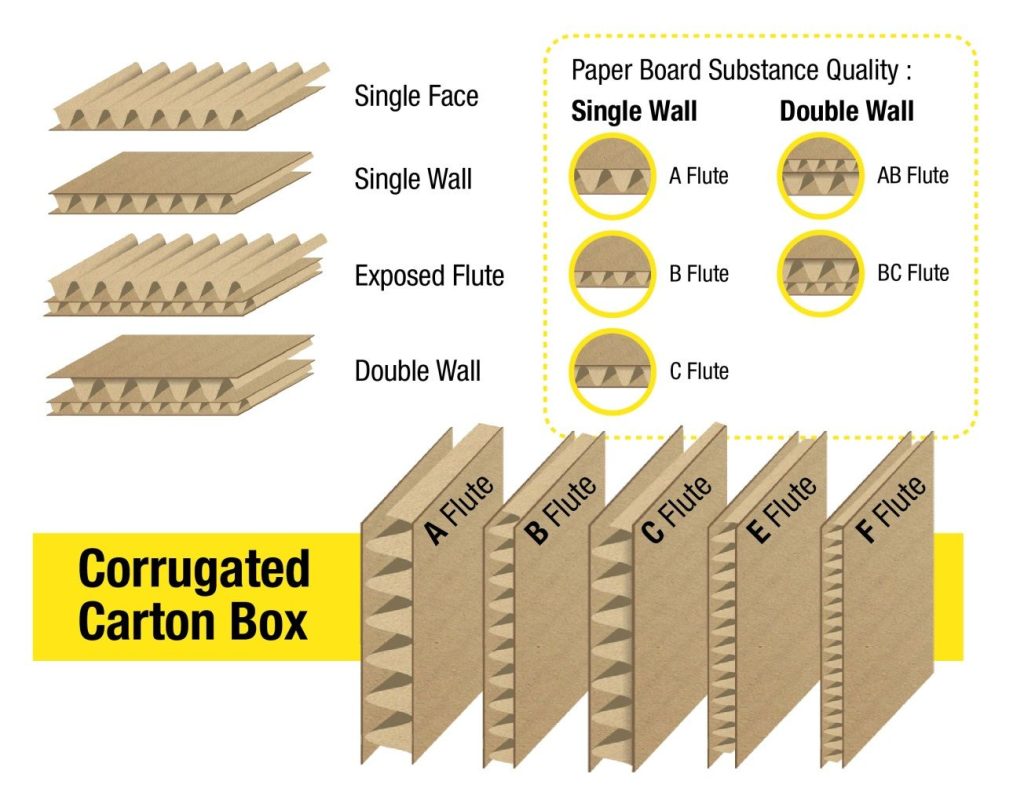
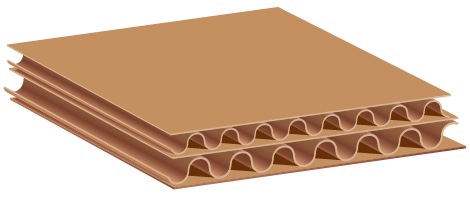
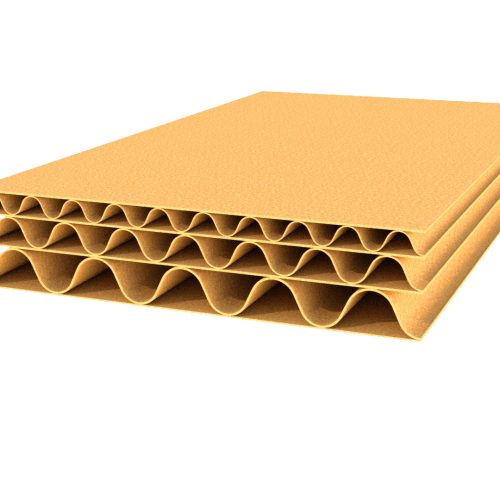

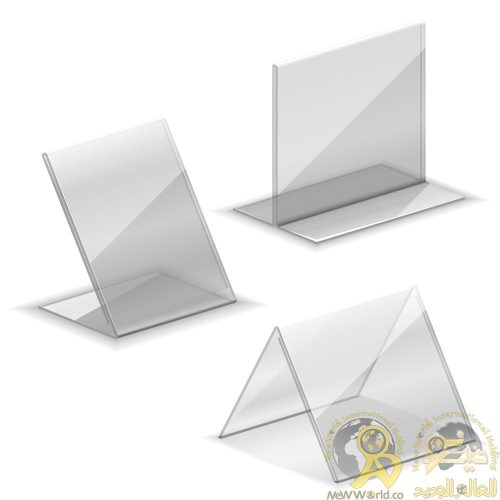
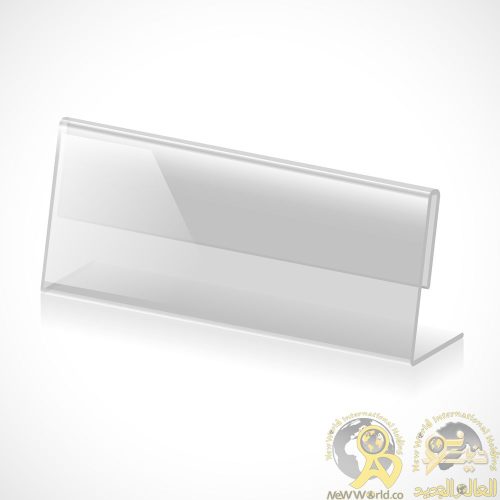
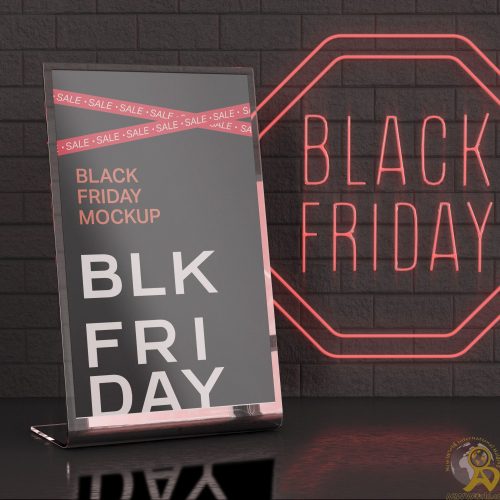
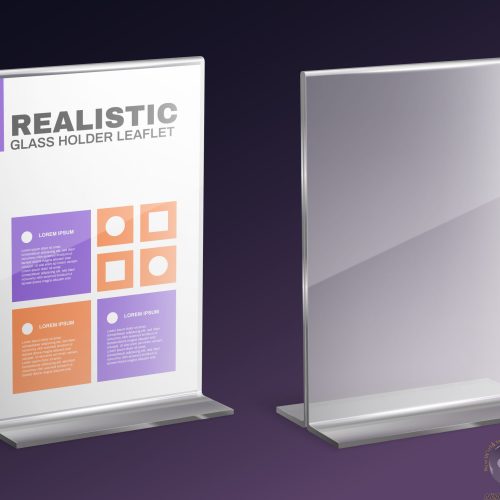
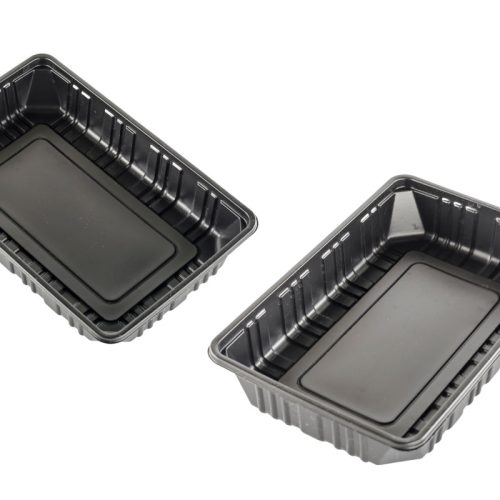
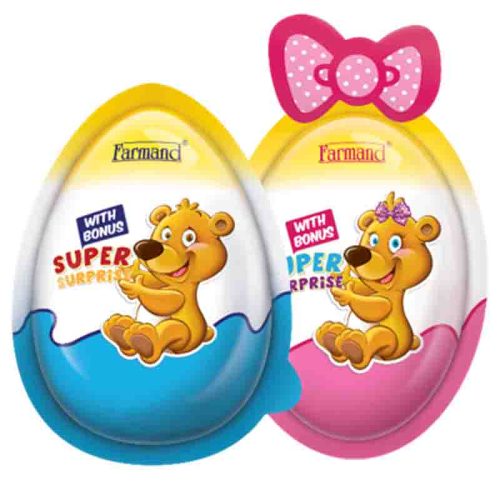
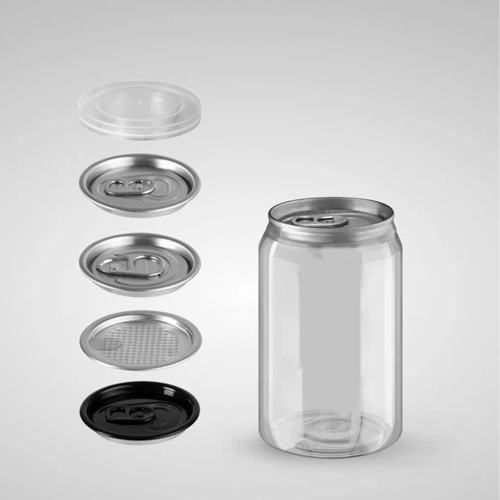
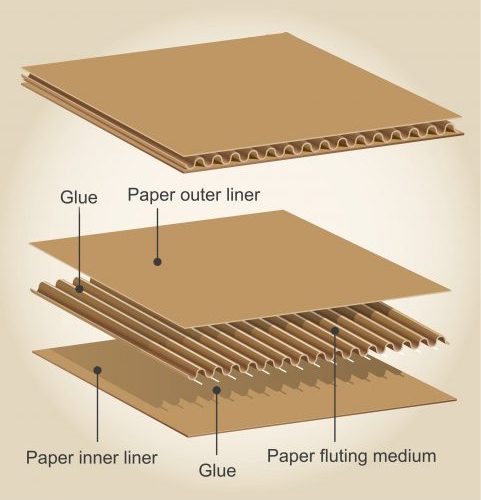
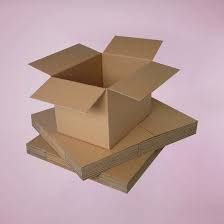
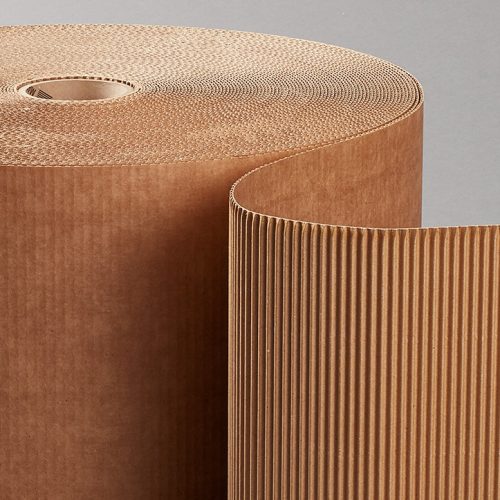
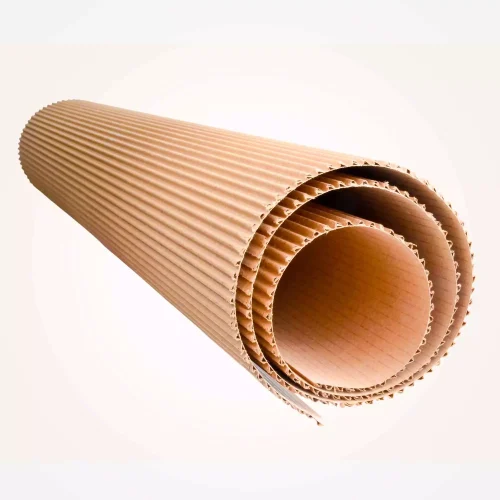
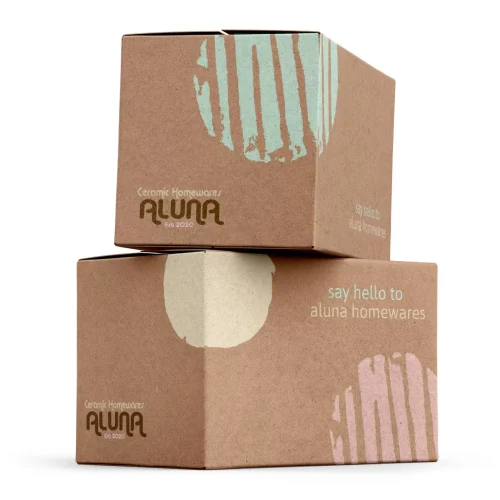
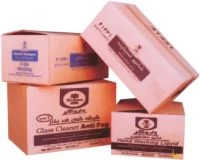
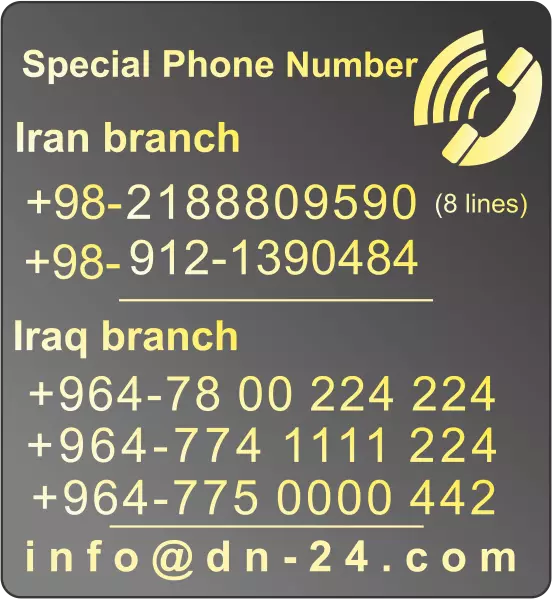

Reviews
There are no reviews yet.